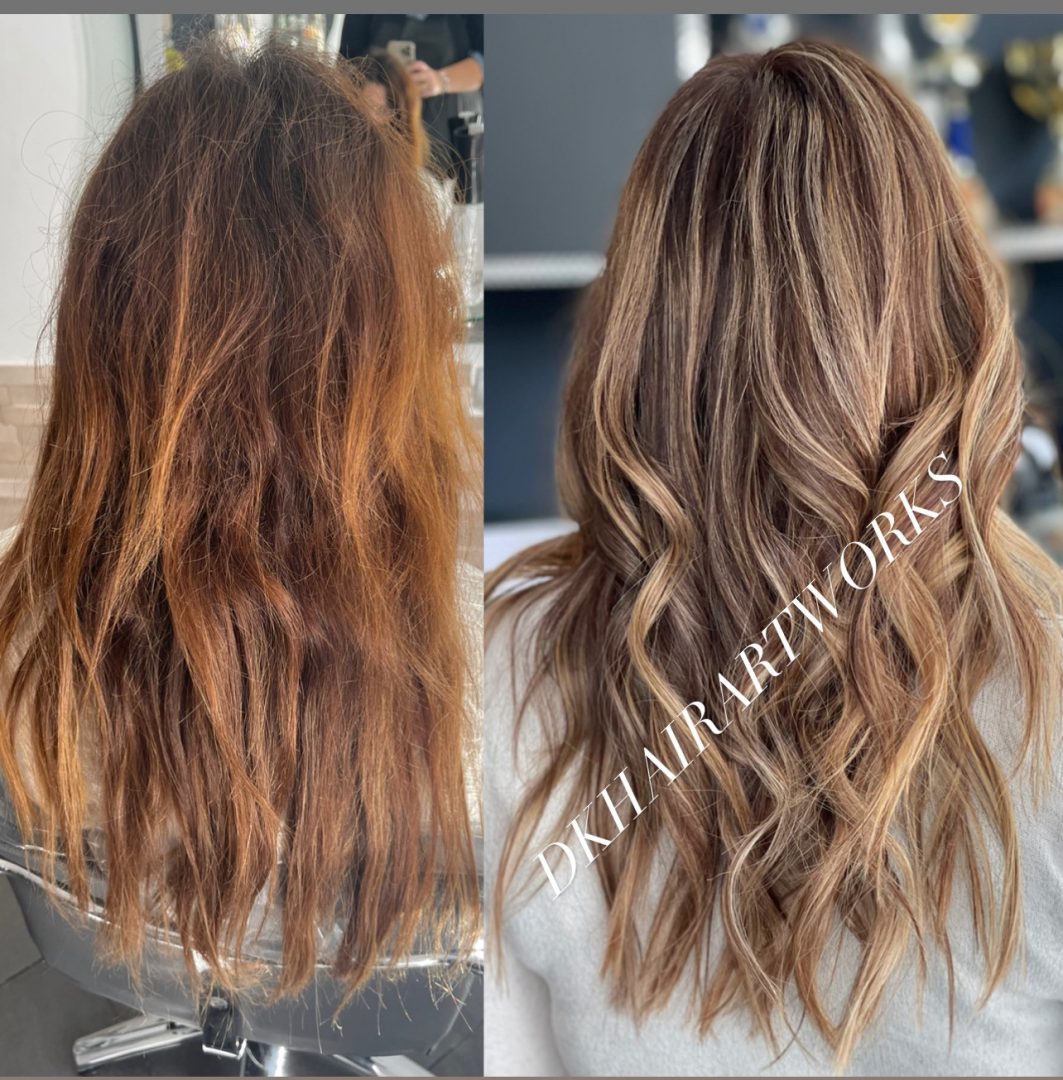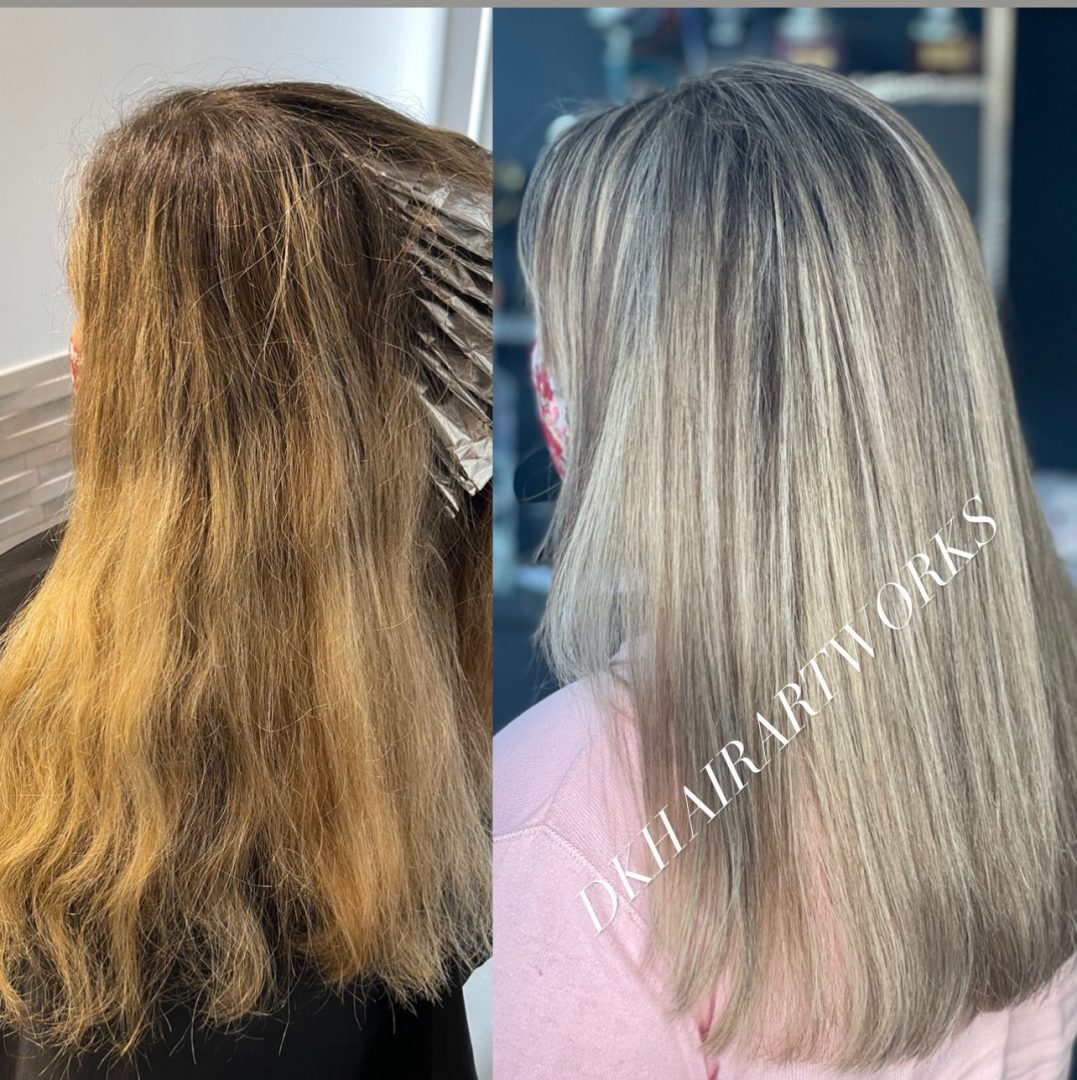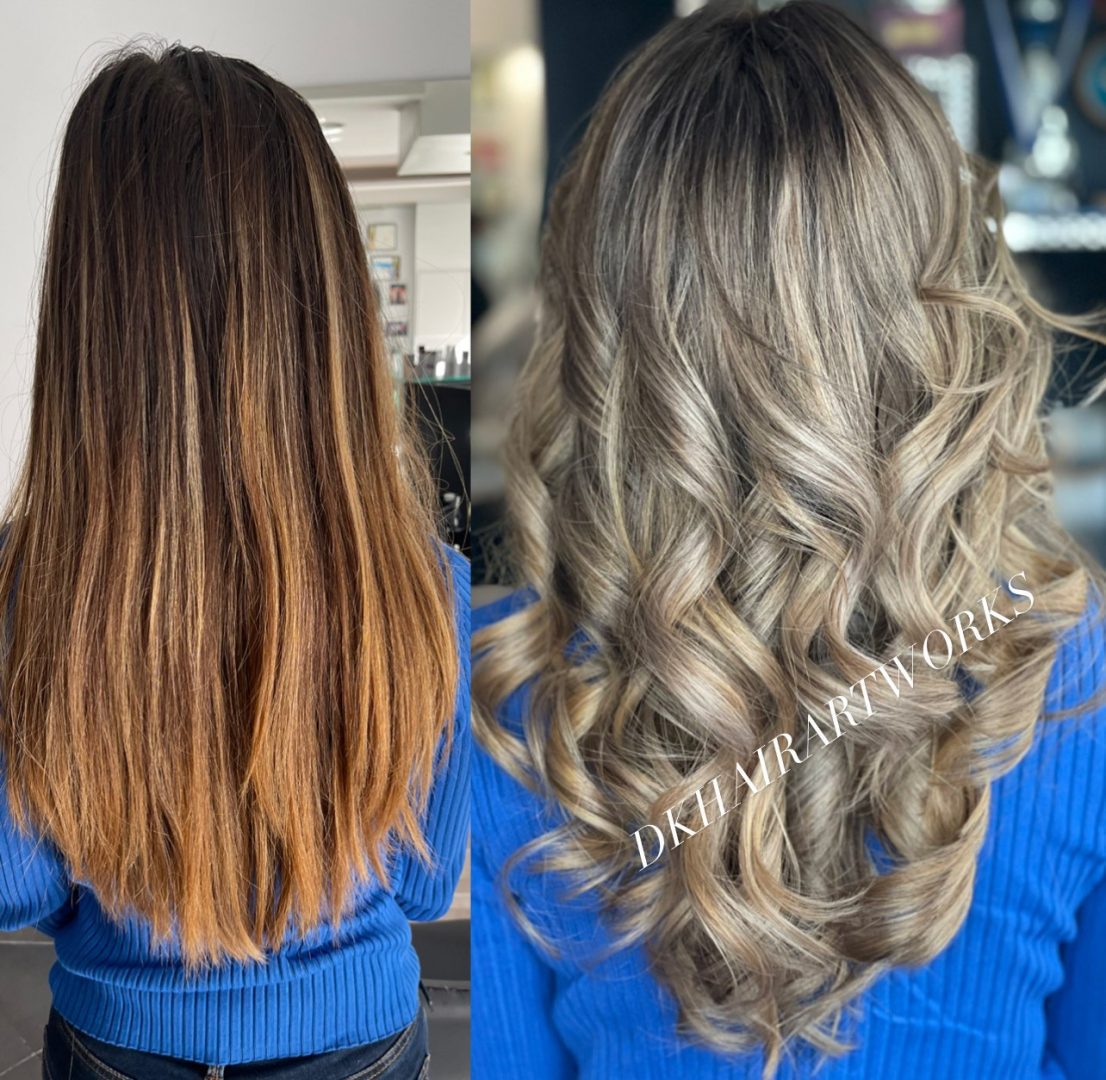The fox fur…
You wake up one morning and realize that your hair color is not what you want!
Something’s wrong!
A shade that you have on your beautiful head doesn’t “stick”!
Could it be the bathroom light bulb? Does the sunlight?
You ask your friend to make sure you’re not the weird one! And finally you realize that what you don’t like is the color called “fox fur” that’s popping up on your shoulders! Lady Maro, the fox is sitting right there!
I wonder how many of you want to get rid of the yellow and orange shades from your hair?
Why, goody? What’s wrong with these foxy (as a friend mentioned a few months ago) colored ones?
How many times have you experimented but didn’t get what you really wanted?
One thing is certain. That you can’t do it alone, no matter how much you experiment at home. And the reason???
You don’t know colorimetry and neutralize! And very simply! Each in his own way!

But before I tell you the rest, you should understand one thing!
There are many techniques but so many different results.
Which technique your hairdresser will choose depends on how blonde you want to be in the end, and of course how much your hair can take!
We usually choose a combination of techniques for more correct results. Yes, you heard right!
Switching between techniques can elevate the final result and of course your mood!

Shall we go see some together?
Highlights: classics and favourites! They offer you light in the natural or artificial colour of your base.
And if your hairdresser follows the same parting pattern every time, you’ll get a uniform result every time! The density and spacing of the separations is what will determine how blond the final result will be. Also it will be good to disappear all the orange shades in between, to pass some cold color on the hair that will be left outside the foils!
Baby Highlights: none other than very fine and dense highlights that result in an almost blonde head!
Slides: an alternative technique on highlights that offers a more natural result!
Airtouch: a new technique that gives you a soft fade on top but a very open effect on lengths and edges. Recommended in balayage techniques.
Clipping: as a result it gives dark near the root, fading at the lengths and very blond edges. Recommended in ombre techniques.

These are some of the most common techniques that will give you the result you want!
And their combination in many cases will excite you!

And remember!!!
Experiments at home with chemicals that you don’t know the composition and how to use properly can be fatal !!!!
With love, Dimitra Karambela!

